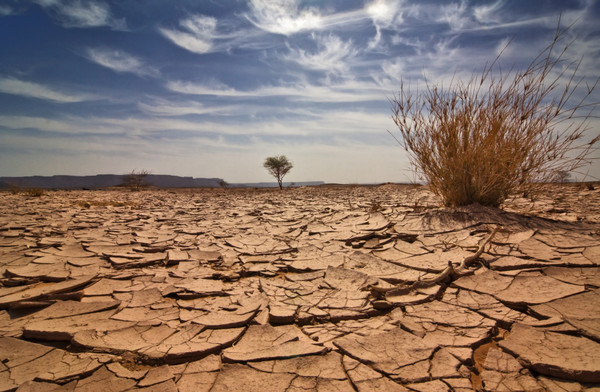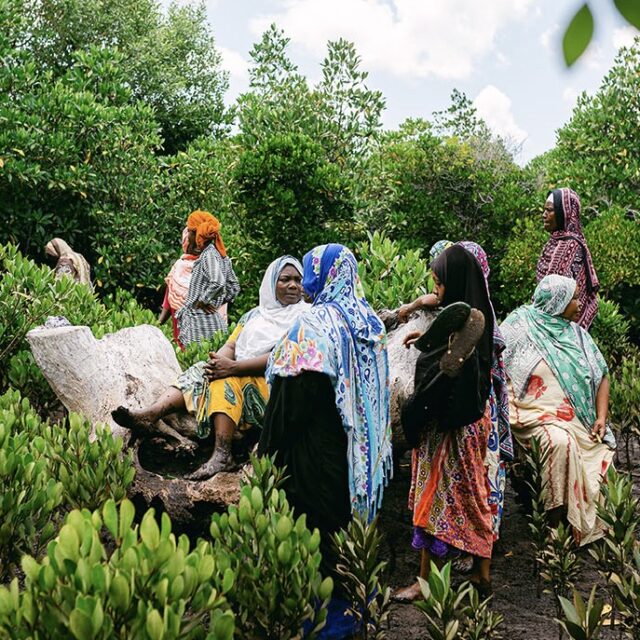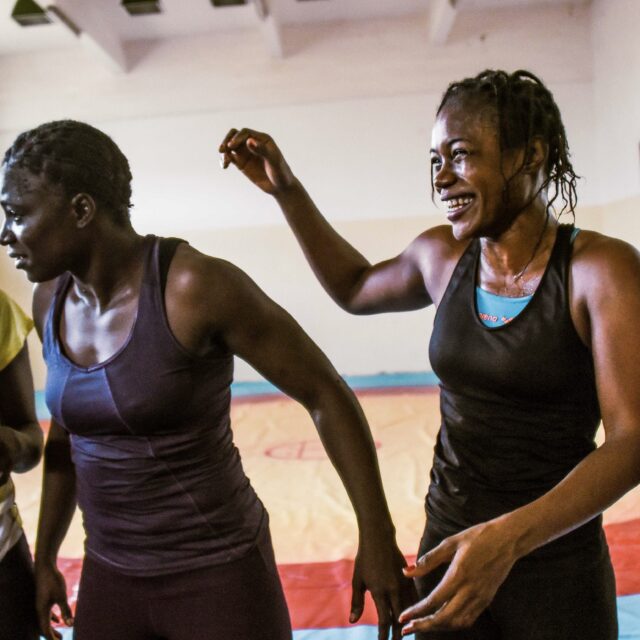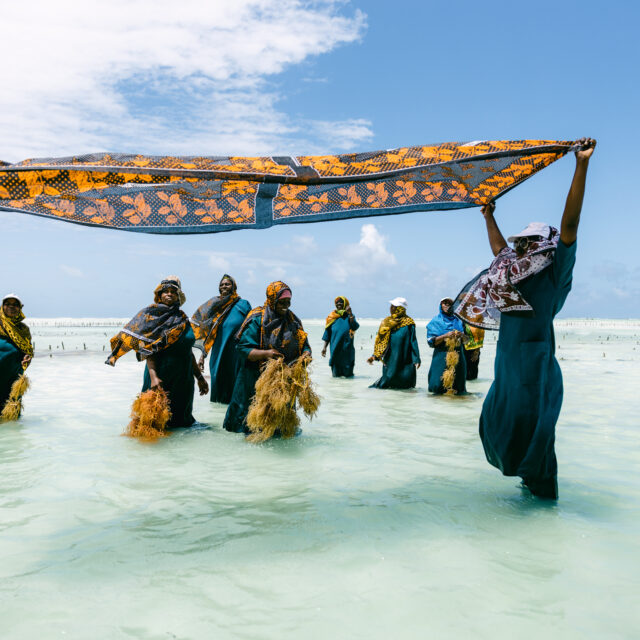The World Bank’s recent report, Turn Down the Heat: Climate Extremes, Regional Impacts, and the Case for Resilience, underscores the urgency of supporting African farmers now so that they can better cope with the potential impacts of a changing climate.
Turn Down the Heat finds that an increase of 4 degrees Celsius worldwide would spell increased droughts, more frequent flooding, and shifts in rainfall in Africa, jeopardising the region’s food security and economic growth. Here are some of the report’s findings.
What changes should we expect to take hold if global temperatures rise?
– Rainfall patterns would shift: Around the 2080s, annual precipitation may decrease by up to 30% in southern Africa, while East Africa will see more rainfall.
– Heat extremes would occur more often: By the 2030s, when temperatures could be 1.5°C warmer, previously unprecedented heat extremes would cover one-fifth of the land areas in the southern hemisphere during the summer.
– Dry, arid regions would spread: Arid regions would expand by 10%, particularly in Southern Africa and parts of West Africa.
– Sea-level would rise: The sea-level is expected to rise by 50 cm by 2060, threatening important seaports such as Mombasa, Kenya.
What does this mean for African agriculture and food security?
– Farmers would see lower crop yields: Maize, wheat and sorghum are all sensitive to high temperatures. As heat extremes exceed these thresholds more often, these crop yields would diminish.
– Farmers would also lose arable land: As global average temperatures increase 1.5°C to 2°C by 2040, drought and aridity would contribute to African farmers’ losing 40 to 80% of their croplands used to grow maize, millet and sorghum.
– Less food would be available to eat: Warming patterns mean that per capita cereal production would be 10% lower in 2050 than in 2000. If we also consider the effect of food trade, potential food availability per person actually drops by 15%.
– Malnutrition would also increase: Without climate change and other policy interventions, the number of malnourished children in Africa will likely increase from 33 million to 42 million. Climate change could mean a further 10 million children suffer from malnutrition.
What can we do to help African farmers?
We already have many tools at our disposal to help farmers better manage the risks associated with a changing climate, as the report highlights. For example, we can promote the development and adoption of crops that can tolerate higher temperatures and drought conditions.
We can also improve energy access, which would enable countries to expand irrigation systems. Overall, it is critical to boost agricultural productivity now by facilitating investment in the sector and improving crop management techniques. Fortunately, we have a prime opportunity to make gains in this area as we look forward to the African Union Year of Agriculture in 2014.




